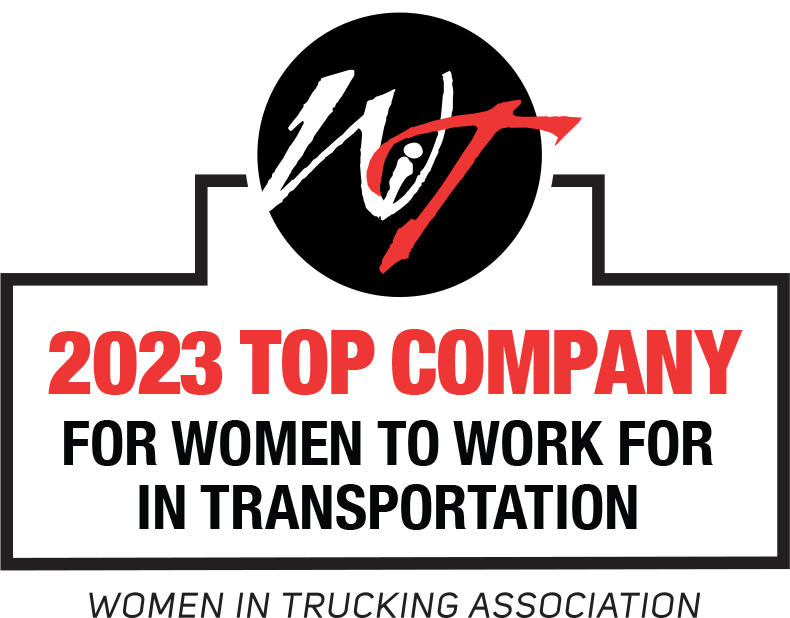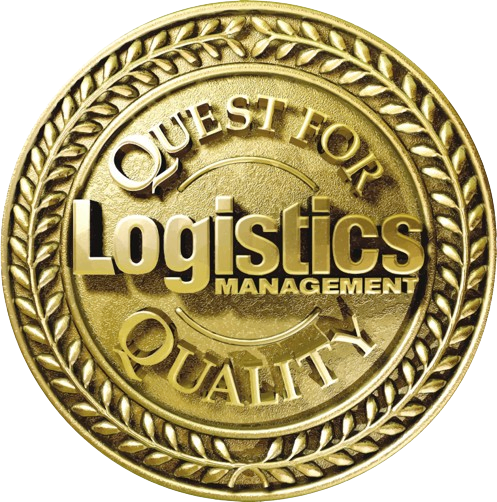When Charles Dickens penned his famous line, “It was the best of times, it was the worst of times,” he might have been talking about the past few years for import-export supply chains.
On the one hand, we’ve faced a barrage of health, environmental and labor contingencies that have challenged even the best-run of businesses.
On the other, we’ve been treated to a masterclass on how to persevere and keep goods flowing in spite of these challenges.
Many of the things we learned in that class still apply today, especially for global shippers, which is why we’d like to use this month’s column to talk about how to build a more resilient supply chain – all with the help of this handy acrostic.
Risk assessment
Extra contingency planning
Supplier diversification
Increased technology investment
Legislative and regulatory fluency
Insurance
Extensive, multi-tiered supplier visibility
No-holds-barred communication
Transparency
Thanks for reading. For more details about your import-export supply chain, including protecting the integrity of your ocean transportation spend, drop our experts a line.









